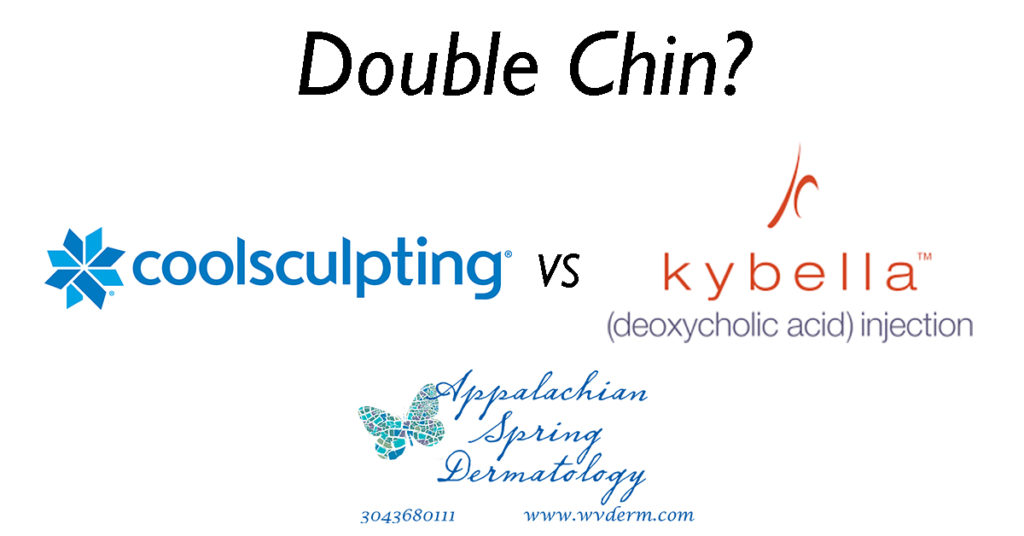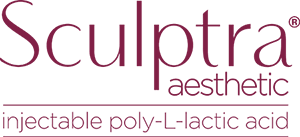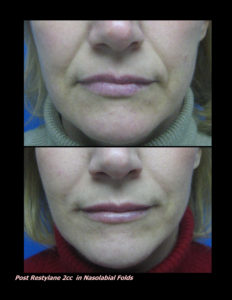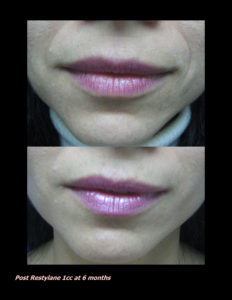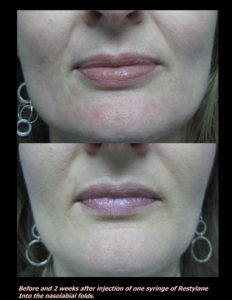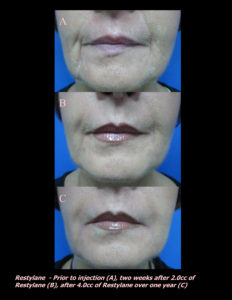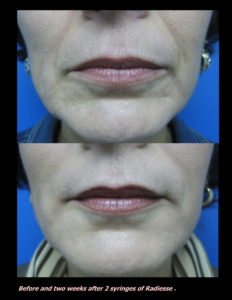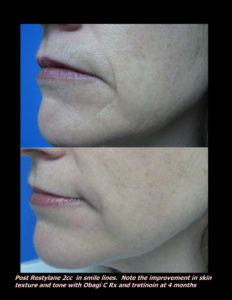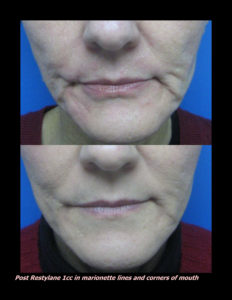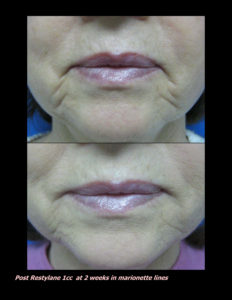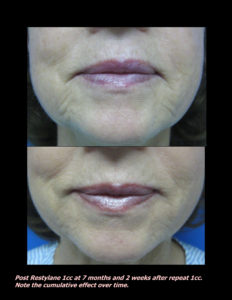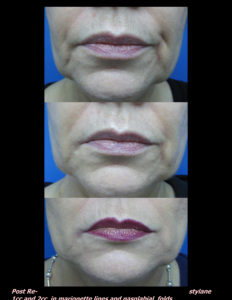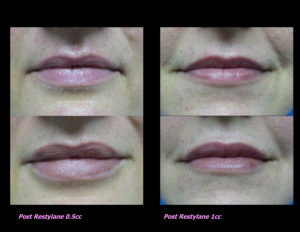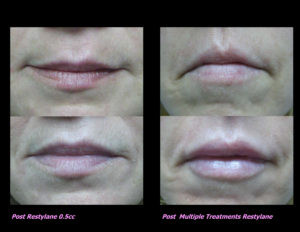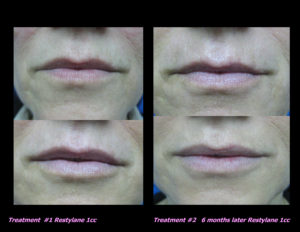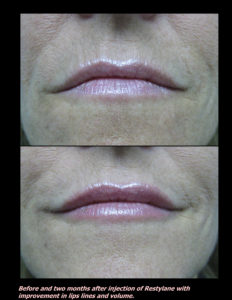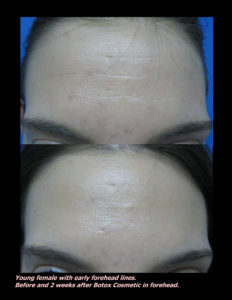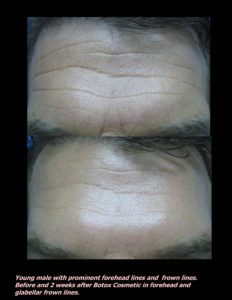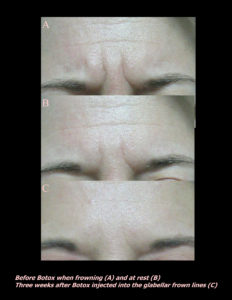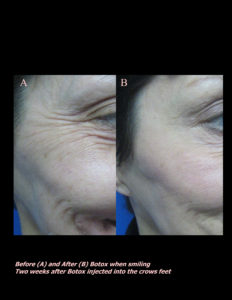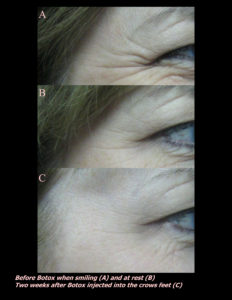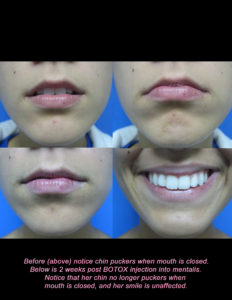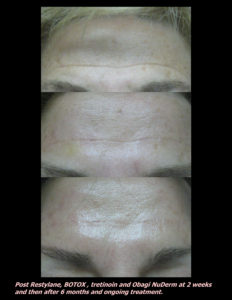What you need to know about Microneedling
When I first heard about microneedling it sounded very strange to me. But now, years later it is a common procedure in our office. What is it? Do you need it? What does it help? And is it safe? I’m here to answer your questions.
What is it? Microneedling is a procedure that pokes holes in the skin to generate microscopic areas of injury and trauma. Microneedling devices vary from roller devices, automated devices and devices with radiofrequency. The intent of microneedling is to generate areas of injury where new skin will be regenerated. Regeneration of new skin can improve the texture and tone and appearance of the skin.
Who comes up with these things? Microneedling was first describe in 1995 by Orentreich, but major advances in the field were made by Fernandez of South Africa. Since then, there are hundreds of manufacturers and variations on microneedling devices and procedures.
What does microneedling help? A little bit of everything. Microneedling is using elsewhere for everything from hair loss to scarring to stretch marks. In our hands, it works best for skin texture and tone, pore size and acne scarring. We also have seen improvement in milia and sebaceous gland hyperplasia.
Is it safe? Like everything, it is safe with the right device in the right hands and under sterile conditions.
What kind of device is best? What should I look for? The “pen” type of device is in general better than “rollers”. Rollers make wider channels with more potential for scarring with a V shaped channel. Devices with added radiofrequency may further stimulate collagen growth, but there are few scientific head to head studies demonstrating this and devices can vary. The safety also depends on the sharpness and accuracy of the needles. Devices with a replaceable needle cartridge are best – both for sterility and sharp, with fresh needles for each procedure. We use a Dermapen 3.
What about Platelet Rich Plasma? Many locations apply platelet rich plasma after microneedling. Real scientific results on this additive are variable. It requires harvesting the patients blood and then applying part of the blood to the skin after the procedure. We instead apply the scientifically tested products from the maker of our microneedling device, Dermapen.
Can this be done at home? At a spa? Lots of people do microneedling at home, at spas and everywhere in between. Professional devices penetrate deeper in the skin and are more effective. Risks of microneedling include infection, scarring, and worsening of skin disease. These risks increase under non-sterile conditions and with reuse of needles particularly on at home devices.
Is it painful? Many patients don’t like needles, and for those, microneedling just isn’t feasible. But most patients find microneedling to be very tolerable. Pain is very minimal!
Is there much downtime? Patients and generally red to pink especially for the first few hours and the color quickly subsides. Most patients return immediately to normal activity.
If you have further questions about microneedling, ask us on social media or at your next appointment.
___________________________________________________
If you know someone who may find this article helpful, please share it with them! Follow us on social media this week, and subscribe to our growing YouTube channel! If you would like to receive these posts in your email inbox, Subscribe to our Site.



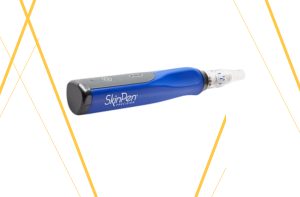


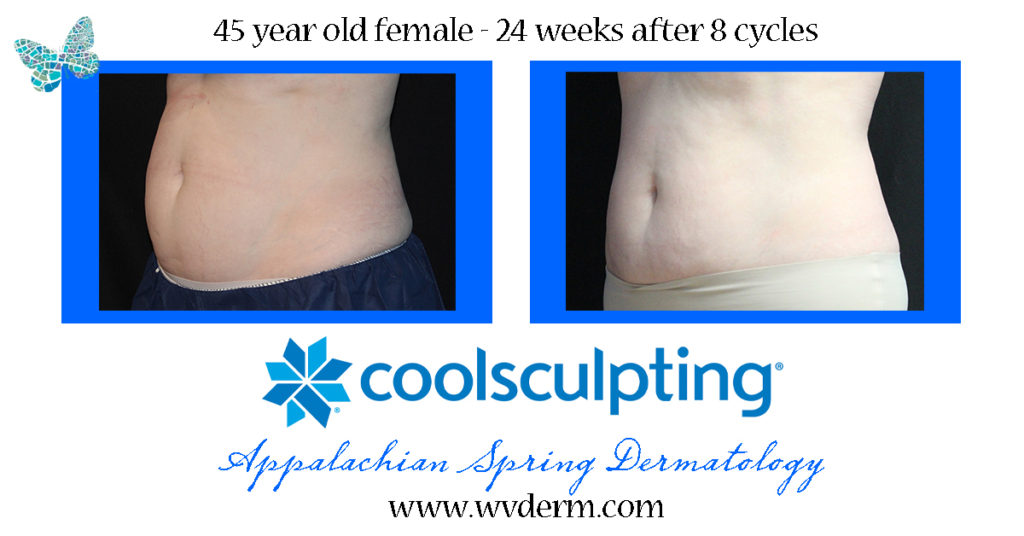
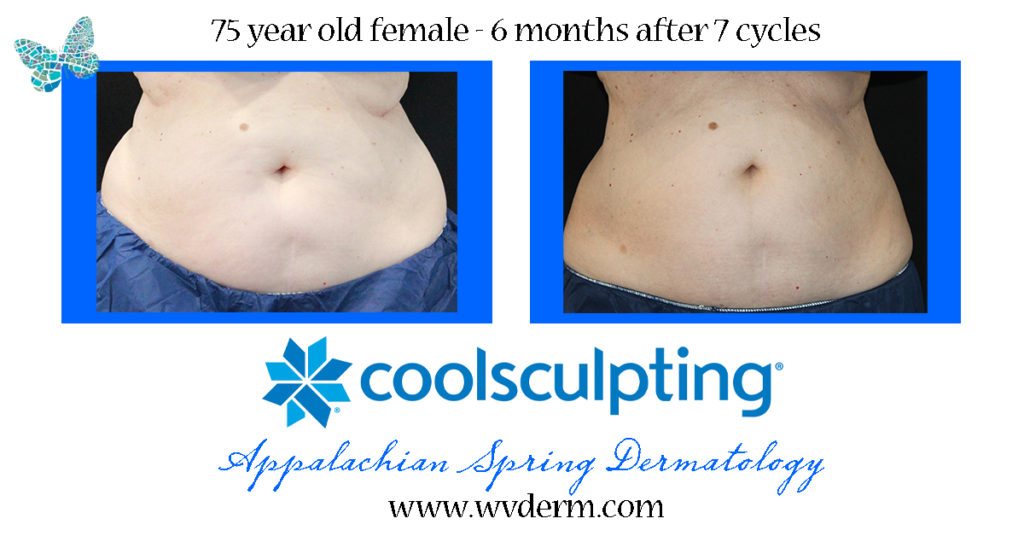

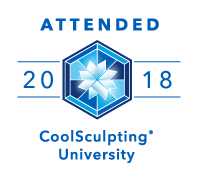
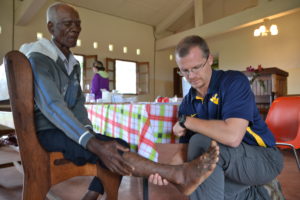


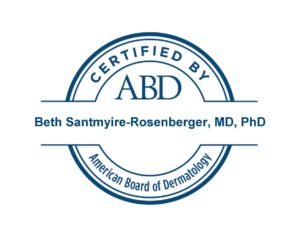

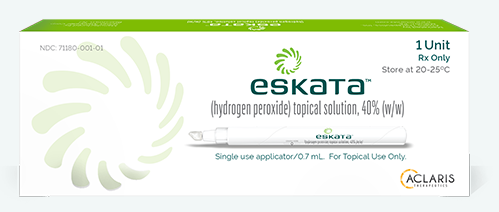

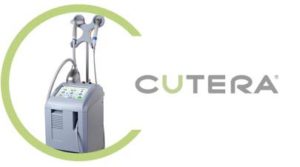 Laser Vein Reduction Treatments
Laser Vein Reduction Treatments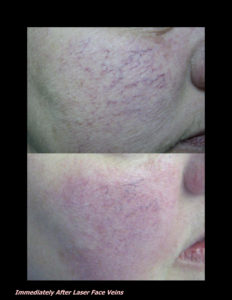
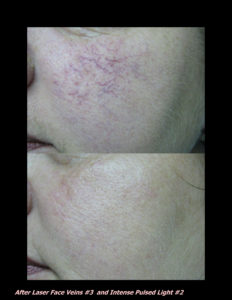
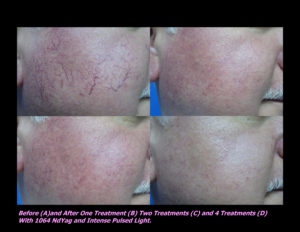
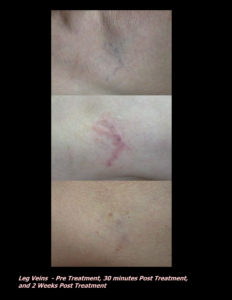
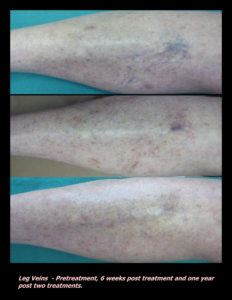
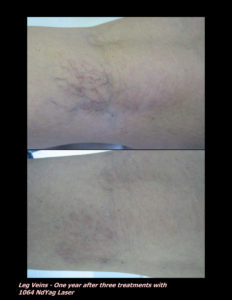
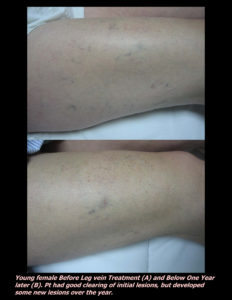
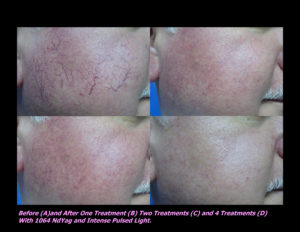
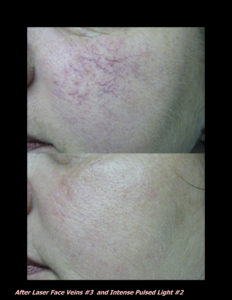
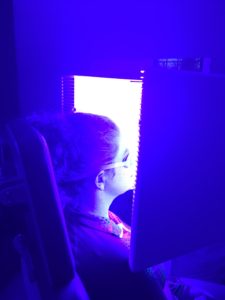
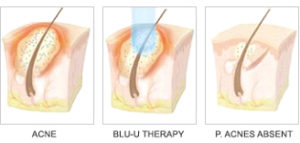
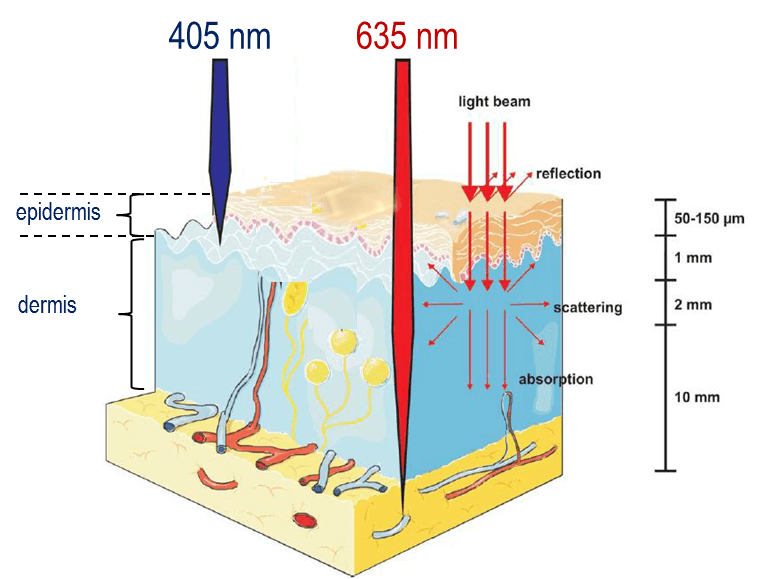
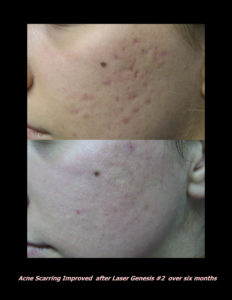
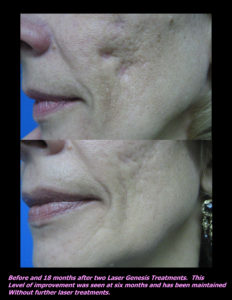


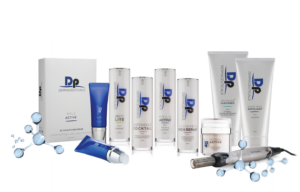 DP Dermaceutical Products
DP Dermaceutical Products